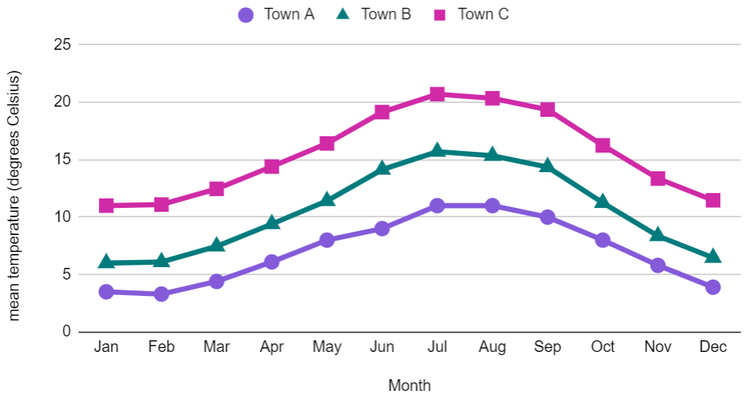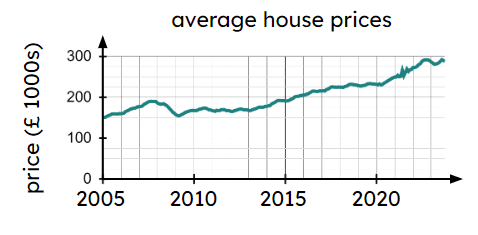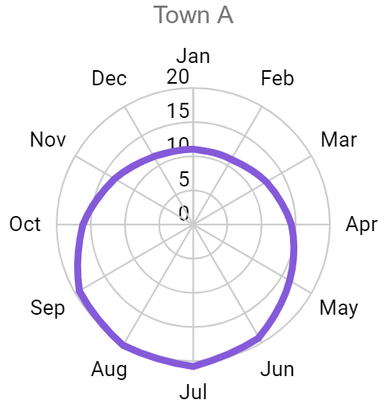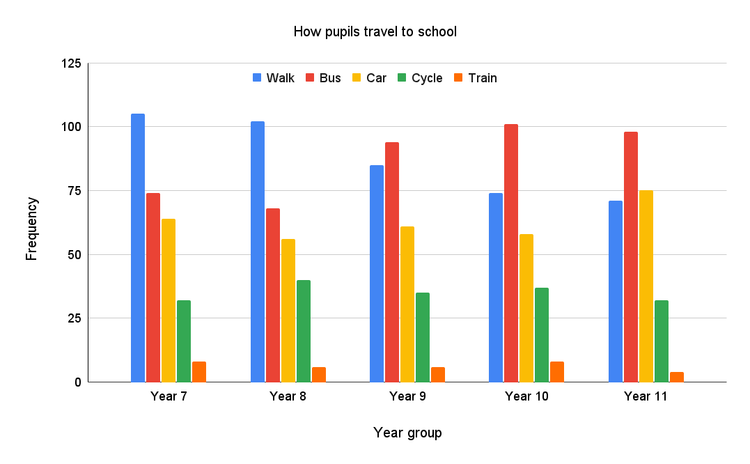Studying climate change
I can understand how Earth's polar ice caps are changing.
Studying climate change
I can understand how Earth's polar ice caps are changing.
Link copied to clipboard
These resources will be removed by end of Summer Term 2025.
Switch to our new teaching resources now - designed by teachers and leading subject experts, and tested in classrooms.
These resources were created for remote use during the pandemic and are not designed for classroom teaching.
Lesson details
Key learning points
- By analysing how the northern polar ice caps have changed, predictions can be made
- By analysing how the southern polar ice caps have changed, predictions can be made
Keywords
Forecast - A forecast is a prediction of a future event occurring (based on data).
Extrapolation - Extrapolation is the process of estimating unknown values that are outside the range of existing data.
Common misconception
When comparing the modal class for two datasets, pupils may think that the dataset with the greatest modal class is the one which has the greatest frequency for its modal class
Use the frequency to identify the modal class for each dataset, but then compare the values within each class to determine which dataset has the greatest modal class.
To help you plan your year 9 maths lesson on: Studying climate change, download all teaching resources for free and adapt to suit your pupils' needs...
To help you plan your year 9 maths lesson on: Studying climate change, download all teaching resources for free and adapt to suit your pupils' needs.
The starter quiz will activate and check your pupils' prior knowledge, with versions available both with and without answers in PDF format.
We use learning cycles to break down learning into key concepts or ideas linked to the learning outcome. Each learning cycle features explanations with checks for understanding and practice tasks with feedback. All of this is found in our slide decks, ready for you to download and edit. The practice tasks are also available as printable worksheets and some lessons have additional materials with extra material you might need for teaching the lesson.
The assessment exit quiz will test your pupils' understanding of the key learning points.
Our video is a tool for planning, showing how other teachers might teach the lesson, offering helpful tips, modelled explanations and inspiration for your own delivery in the classroom. Plus, you can set it as homework or revision for pupils and keep their learning on track by sharing an online pupil version of this lesson.
Explore more key stage 3 maths lessons from the Maths and the environment unit, dive into the full secondary maths curriculum, or learn more about lesson planning.

Equipment
Licence
Starter quiz
6 Questions






Exit quiz
6 Questions







